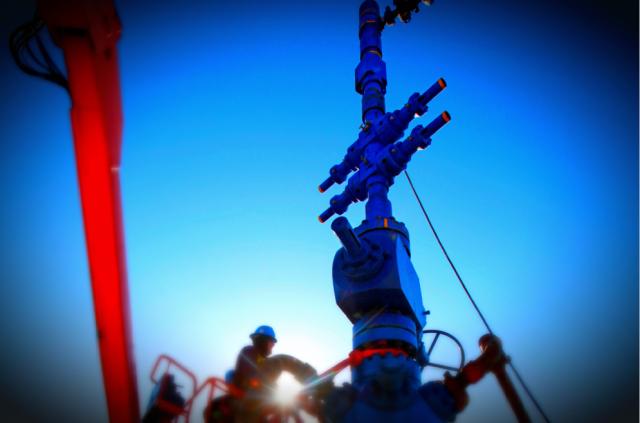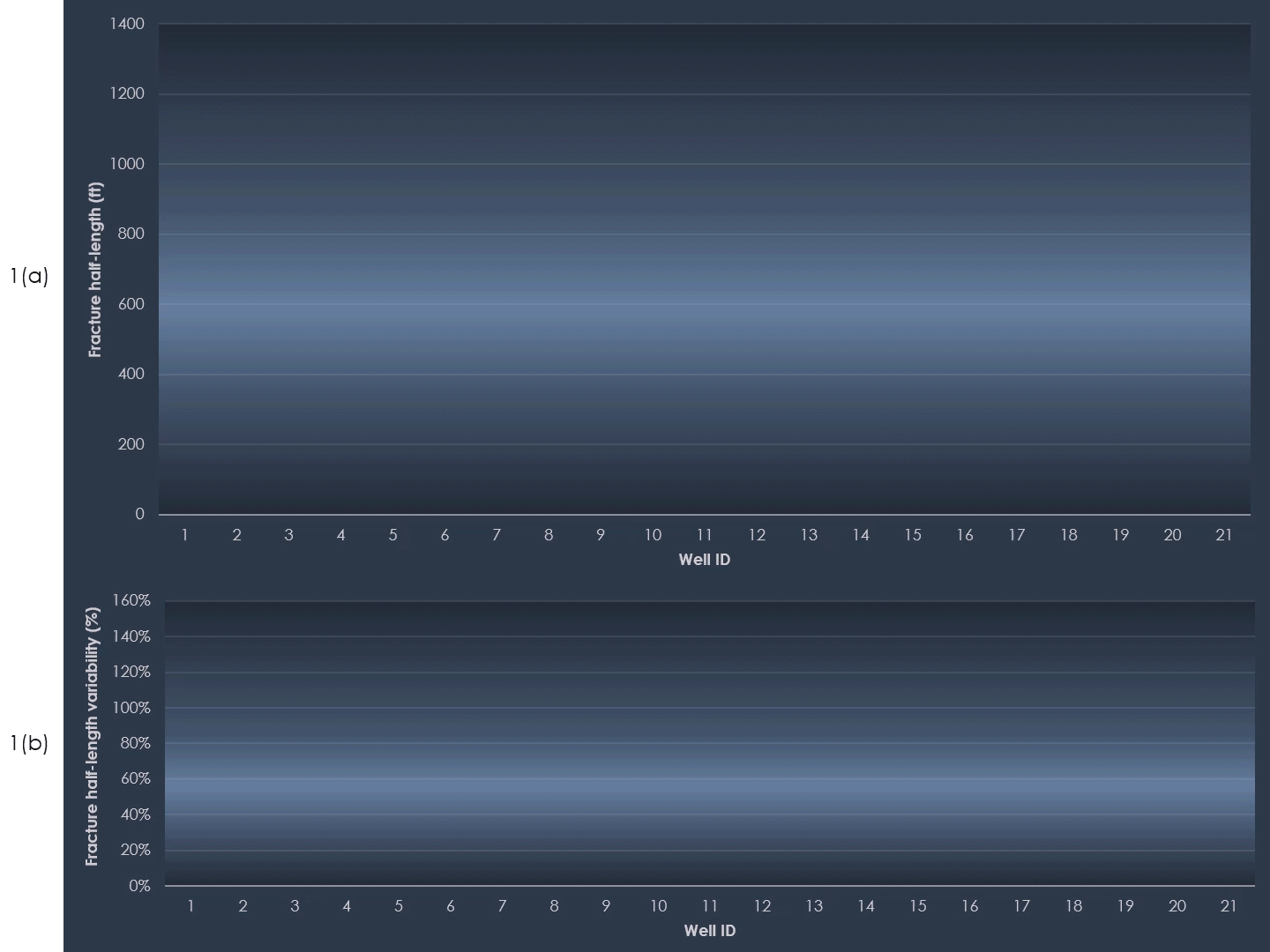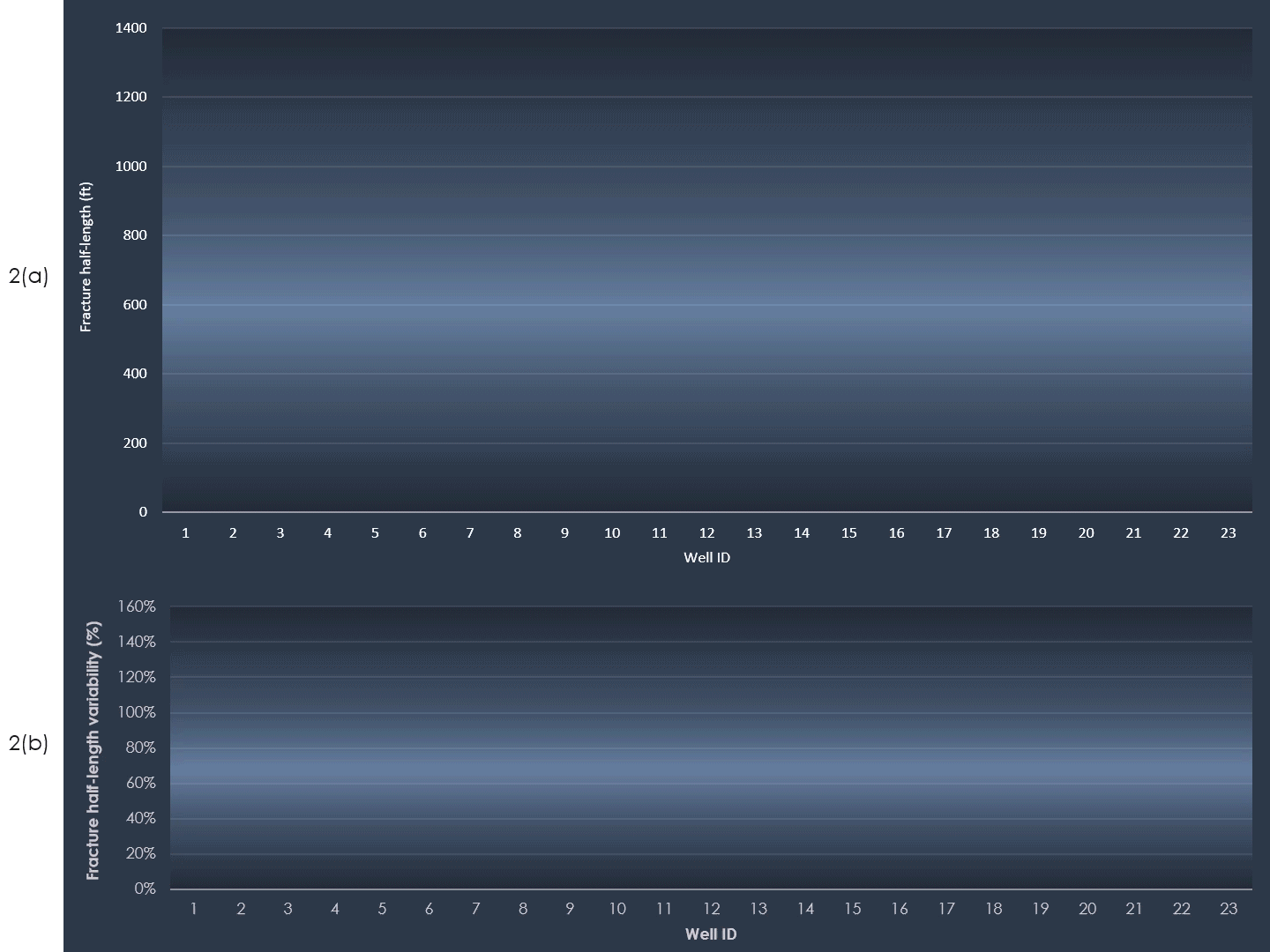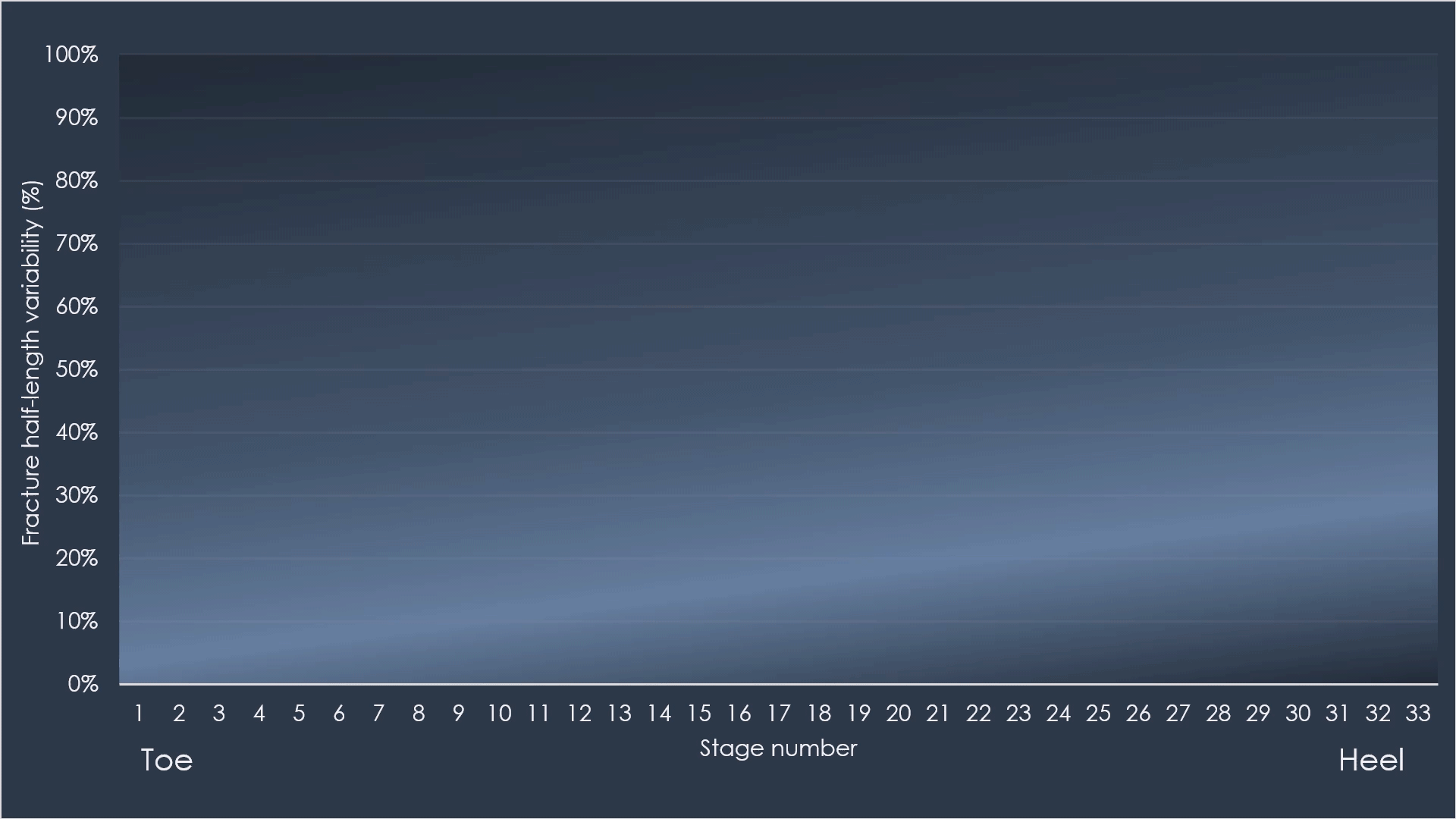
(Source: Hart Energy)
[Editor's note: A version of this story appears in the July 2020 edition of E&P. It was originally published July 1, 2020. Subscribe to the magazine here.]
U.S. unconventional resource plays are characterized by fast-paced development and continual innovation throughout cycles. Operators are conducting frequent experiments to test and validate various hypotheses and update completion designs, usually yielding positive outcomes. During the past 10 years, the industry’s completion intensity has increased by 65% with increased proppant/fluid volumes and longer perforated intervals. These are the biggest contributors to production gains in multiple plays.
But there’s considerably more to the story. Recent analytics shows that, despite the updated completions, almost 60% of oil and gas wells drilled in U.S. shale since 2010 had production (IP180) of lower than 750 boe/d. What is occurring beneath the surface? How are subsurface factors affecting the scenario? This topic is the subject of vigorous debate, and the industry is actively trying to unlock the answers about the real reasons for the performance data in light of the high-intensity completions.
With this in mind, Reveal Energy Services researched fracture geometry variability at the well and stage level using its large anonymized database. The large amount of stage-level data made this study possible. Most published analyses focus on data-mining techniques that comprise only well-level data with average values for completion design parameters and production. These well-level data do not go deep enough to let Reveal determine the granular answers about fracture half-length (FHL) and the resulting stimulated rock volume (SRV).
The findings show there is a significant gap between the expected SRV and the treatment’s actual stimulated volume, as measured by the fracture geometry. This is a first step in unlocking the answers.
Variability in SRV
Reveal analyzed offset pressure data collected from several hundred wells completed in the Wolfcamp A and Eagle Ford formations to measure the stage-level fracture geometry of FHL and fracture height.
First, the company looked at the average FHL at the well level. In Figure 1a, the yellow curve shows the average FHL for wells completed in the Wolfcamp A. The white vertical lines show the range of FHL encountered within a single well. In general, the average FHL is consistent across several wells and can be grouped into two categories: wells with average FHL of about 550 ft and wells with average FHL of about 700 ft. This implies that the SRV and thus the production from wells within a given group should be similar. But this is in stark contrast with the original discussion in which 60% of the wells underperform. There are other factors in play that are affecting the ultimate production from these wells. Understanding the variability in FHL and thus the SRV could shed some light on this dilemma.
IMAGE FRAC FHL, WOLFCAMP A, 2018-2020

The orange bars in Figure 1b quantify stage-level FHL variability. Note that while the average FHL is fairly well behaved, the FHL variability between the stages on a given well often exceeds 50%. Significantly, less than one-third of the wells have consistent geometries across all stages in a given well with FHL variability below 30%. While these data alone do not explain the reason for this situation, these data do explain the SRV difference between wells completed using similar fluid and proppant loading and with similar average FHL.
Variability from infill drilling
Figure 2 shows the results for a collection of wells completed in the Eagle Ford Formation. The average FHL is surprising and striking in these results (Figure 2a). The yellow curve across multiple wells is fairly well behaved in both the Eagle Ford and Wolfcamp. The variability in the stage-level FHL and the resulting Eagle Ford SRV is almost double the variability in the Wolfcamp A wells (Figure 2b).
IMAGE FRAC FHL, EAGLE FORD, 2018-2020

The average FHL variability in the Eagle Ford is 80% compared with the average FHL variability in the Wolfcamp A at 44%. Given the maturity of the Eagle Ford basin, one would expect much smaller variability in the FHL. But the data suggest exactly the opposite. In spite of thousands of completed Eagle Ford wells, Reveal continues to see much higher variability in the FHL and the SRV compared with Wolfcamp A.
This variability is believed to be the result of multiple factors: infill drilling, the stress interactions between wells and the abundance of depleted parent wells as drilling and completions have progressed through the Eagle Ford. To better understand the causes for these variabilities, Reveal has to look at the results from stage-level diagnostic data, along with the associated completion design parameters and relevant contextual information.
Variability from toe to heel
Figure 3 shows the data aggregated at the stage level. For this analysis, Reveal averaged the measured FHL for a given stage across multiple wells completed in the Wolfcamp A Formation. Similar to what Reveal observed in Figure 1, there is significant FHL variability between individual stages of a given well. What is intriguing is the increase in FHL variability from the toe stages to the heel stages. Reveal sees much higher variability of 77% in the heel stages 25 to 33 compared with FHL variability of 55% in the toe stages 1 to 10.
IMAGE FRAC FHL VARIABILITY, WOLFCAMP A, 2018-2020

These data clearly show that not only is there significant variability in FHL and SRV across individual wells but also from toe to heel in a given well. This suggests that the SRV might be miscalculated for a given well by relying on the average FHL to represent the SRV. A more accurate representation of the SRV can be obtained by using the stage-level fracture measurements. This approach will better capture the variability in the SRV across wells and stages even when other completion parameters appear to be consistent and enable Reveal to gain new insights into the production performance of these wells.
Reaching this insight would be impossible without a large database of stage-level fracture measurements. Reveal’s large anonymized database of well and stage-level fracture measurements across multiple basins, counties and formations includes relevant completion details, such as stage length, proppant volume, fluid volume and number of clusters, in addition to detailed fracture geometry computed from offset pressure analysis.
While the discussion so far has focused on FHL, similar results for fracture height with significant variations at both the well and stage levels have been observed. There is considerably more to understand overall.
What are the next steps? With the insight of significant variability in the actual SRV, as measured by the fracture geometry, Reveal is looking even further. The company is analyzing stage-level fluid volume, proppant volume and number of clusters to learn more about the factors responsible for the created fracture network variability. Pressure-based fracture measurements are a cost-effective option, even in today’s low-price environment, to systematically acquire large-scale, stage-level diagnostic data to continue to unlock the complex subsurface following stimulation treatments.
Recommended Reading
Viper Energy Announces Pricing of Diamondback’s Secondary Common Stock Offering
2024-03-06 - Viper Energy will not receive any of the gross proceeds from Diamondback’s secondary offering of its Class A common stock.
Nebula Energy Buys Majority Stake in AG&P LNG
2024-01-31 - AG&P will now operate as an independent subsidiary of Nebula Energy with key offices in UAE, Singapore, India, Vietnam and Indonesia.
JMR Services, A-Plus P&A to Merge Companies
2024-03-05 - The combined organization will operate under JMR Services and aims to become the largest pure-play plug and abandonment company in the nation.
Flame Acquisition Holders Approve Merger with Sable Offshore
2024-02-14 - The business combination among Flame Acquisition Corp., Sable Offshore Holdings and Sable Offshore Corp. will be renamed Sable Offshore Corp.
Enerplus Increases Quarterly Cash Dividend
2024-02-23 - Enerplus Corp. increased its dividend 8% to US$0.065 (CA$0.088) per share.





